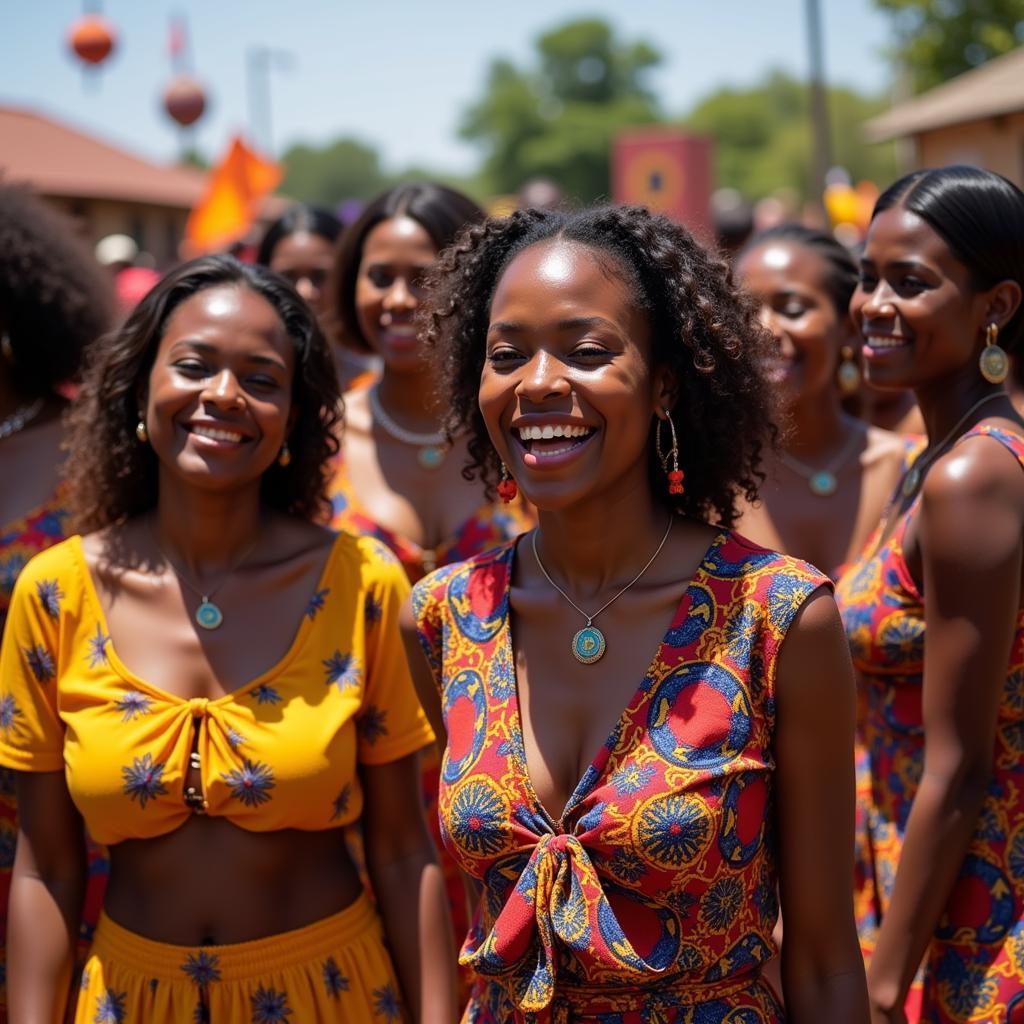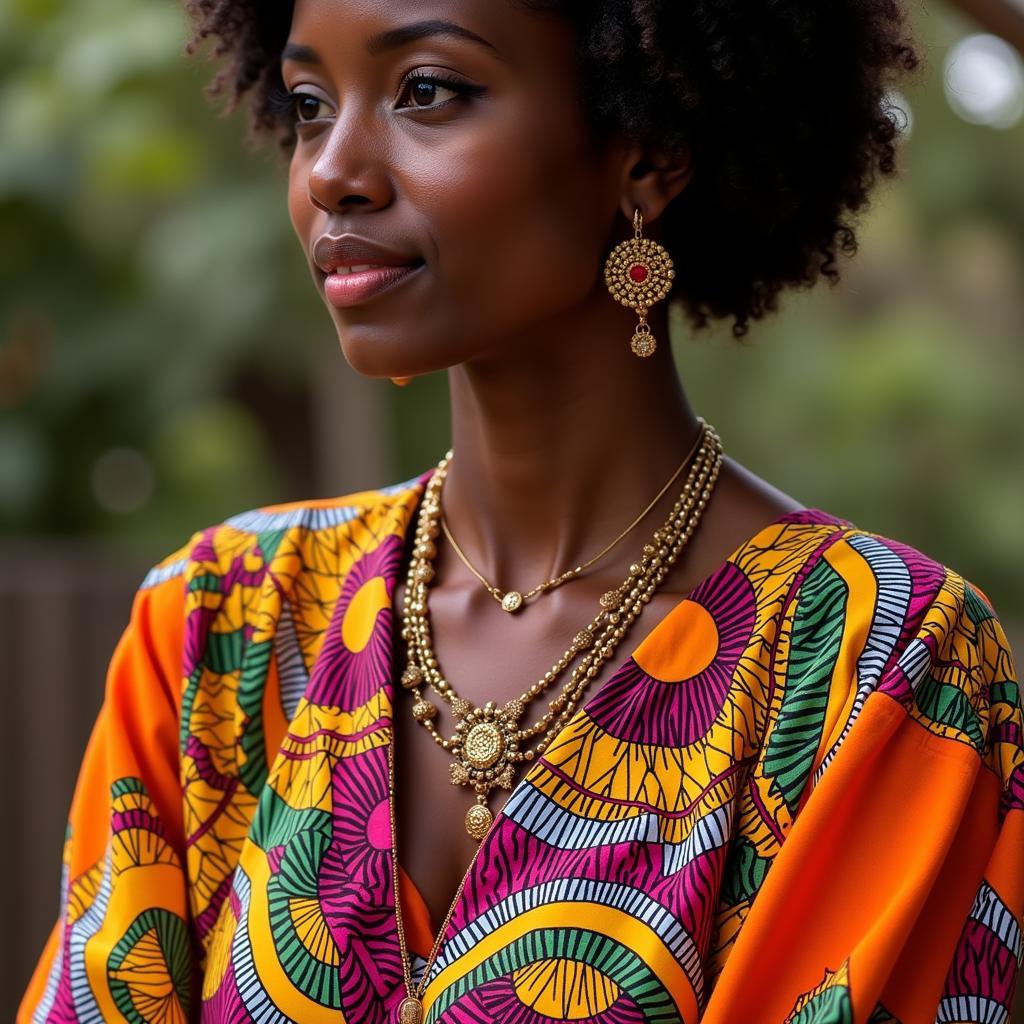The Alluring African Grey Red Tail: A Comprehensive Guide
The African Grey Red Tail, specifically the Congo African grey parrot, is a captivating bird known for its remarkable intelligence and stunning silver plumage contrasted by a vibrant red tail. These parrots have become increasingly popular companions, prompting a surge in interest in their care, behavior, and conservation. Let’s delve into the world of these fascinating creatures.
The Congo African grey, distinguishable by its brighter red tail feathers compared to the Timneh African grey, is a highly sought-after pet due to its exceptional cognitive abilities. These birds can mimic human speech with remarkable clarity and have even demonstrated problem-solving skills comparable to those of young children. Owning an African grey is a significant commitment, however, as these intelligent birds require specialized care and attention.
Understanding the African Grey Red Tail Parrot
What distinguishes the Congo African Grey from its Timneh cousin? Primarily, it’s the vibrant, cherry-red tail feathers, a striking contrast to their predominantly grey plumage. This distinctive feature contributes to their allure and makes them easily identifiable. Beyond aesthetics, the Congo African Grey is generally larger than the Timneh and possesses a lighter grey coloration. Both species share remarkable intelligence, though there are subtle differences in their vocalizations and temperaments. Congo African greys are renowned for their ability to mimic a wide range of sounds, from human speech to household noises.
After this compelling opening, let’s see an image of this magnificent creature.
Caring for an African Grey: A Deep Dive
Proper care is crucial for the well-being of an African Grey. Their intelligence necessitates a stimulating environment enriched with toys and opportunities for social interaction. A nutritious diet is paramount, consisting of high-quality parrot pellets supplemented with fresh fruits, vegetables, and healthy nuts. These birds also require ample space to fly and exercise, so a spacious cage is essential. Learn more about the fascinating african grey parrot intelligence.
Essential Diet and Housing
A healthy diet is the cornerstone of a happy and thriving African Grey. What does a balanced diet look like for these intelligent birds? Primarily, it consists of formulated parrot pellets, specifically designed to meet their nutritional needs. These pellets should comprise approximately 70-80% of their daily intake. The remaining portion can be supplemented with fresh fruits, vegetables, and a small amount of healthy nuts. Avoid avocado, chocolate, and caffeine, as these are toxic to parrots. Providing fresh water daily is also essential. In terms of housing, a spacious cage is crucial. You can find reputable african grey parrot breeders texas. The cage should be large enough for the bird to spread its wings and comfortably move around. Enrich the cage with perches of varying sizes and textures, toys that encourage foraging and play, and a designated area for sleeping.
The African Grey’s Remarkable Intelligence
African Grey parrots, with their impressive cognitive abilities, are often referred to as “feathered Einsteins”. Why are they so intelligent? Studies have shown that these birds possess a remarkable capacity for problem-solving, tool use, and even understanding abstract concepts. They can learn to mimic human speech with astonishing clarity and have been observed using vocalizations to communicate their needs and desires. Some African Greys have even demonstrated the ability to count and identify objects by name. Their intelligence requires dedicated owners who can provide mental stimulation and social interaction to prevent boredom and behavioral issues. Did you know an african grey parrot flying can reach speeds of up to 30 mph?
Conservation Concerns for the African Grey Red Tail
The wild populations of African Grey parrots face significant threats. What are the primary conservation concerns? Habitat loss due to deforestation is a major factor contributing to their decline. In addition, the illegal pet trade poses a serious threat, as wild birds are captured and sold illegally. Efforts are underway to protect these intelligent creatures, including promoting sustainable forestry practices and cracking down on illegal trafficking.
The Distinct African Grey Eye Patch
One unique feature of the African Grey is the subtle african grey eye patch. It’s a barely noticeable bare patch of skin surrounding their eyes. While seemingly insignificant, this patch may play a role in their communication.
Conclusion: A Lifelong Commitment
The African grey red tail, a truly remarkable bird, offers companionship and intellectual stimulation unlike any other. However, owning one is a lifelong commitment that requires dedication, patience, and understanding. By providing proper care, enrichment, and a loving environment, you can share your life with a truly exceptional creature. If you are ready for the responsibility, an African grey can bring years of joy and fascination.
FAQ
- What is the lifespan of an African Grey? African Greys can live for 50-80 years in captivity.
- How can I teach my African Grey to talk? Patience and repetition are key. Use positive reinforcement and start with simple words and phrases.
- What are the signs of a healthy African Grey? Bright eyes, smooth feathers, active behavior, and a healthy appetite are all indicators of a healthy bird.
- How much space does an African Grey need? The largest cage you can afford is best, allowing ample room for flight and exercise.
- What are the common health problems in African Greys? Feather plucking, respiratory infections, and calcium deficiency are some common health issues.
- How can I prevent feather plucking in my African Grey? Ensure a stimulating environment, a proper diet, and address any underlying medical conditions.
- Are African Greys good for first-time bird owners? Due to their complex needs, African Greys are generally not recommended for first-time bird owners.
Other potential questions:
- What are the differences between a Congo African Grey and a Timneh African Grey?
- How do I find a reputable African Grey breeder?
- What are the legal requirements for owning an African Grey?
Related articles you might be interested in:
When you need support, please contact us via Phone: +255768904061, Email: kaka.mag@gmail.com or visit us at Mbarali DC Mawindi, Kangaga, Tanzania. We have a 24/7 customer support team.



